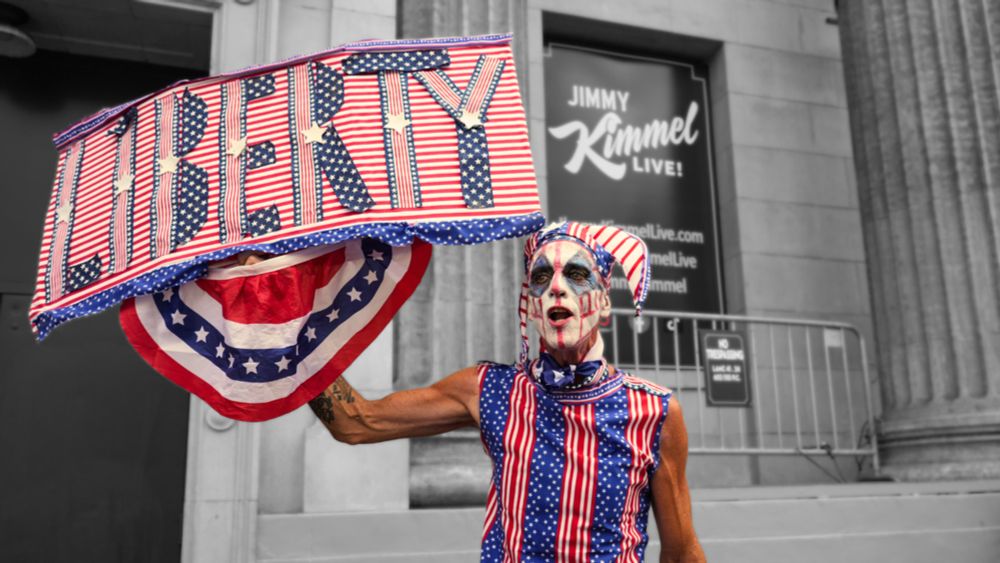Subscribe to our Substack at the link below:
https://populareducationblog.substack.com/
populareducationblog.substack.com/p/hurricane-...

populareducationblog.substack.com/p/hurricane-...



populareducationblog.substack.com/p/demographi...

populareducationblog.substack.com/p/demographi...

Last year they crossed $1 billion in election spending.
www.washingtonpost.com/politics/int...


Read how New Orleans was set up to fail:
populareducationblog.substack.com/p/new-orlean...

Read how New Orleans was set up to fail:
populareducationblog.substack.com/p/new-orlean...

populareducationblog.substack.com/p/the-failur...

populareducationblog.substack.com/p/the-failur...
populareducationblog.substack.com/p/demographi...

populareducationblog.substack.com/p/demographi...
populareducationblog.substack.com/p/the-failur...

populareducationblog.substack.com/p/the-failur...
www.cjr.org/the_media_to...

www.cjr.org/the_media_to...
- Most recipients work — or are kids, seniors, or disabled.
- Fraud rate: ~1%.
- Avg benefit: $6/day.
- <2% of fed budget, yet lifts millions from hunger.
- Every $1 in SNAP adds up to $1.50+ in local economic activity.
- Most recipients work — or are kids, seniors, or disabled.
- Fraud rate: ~1%.
- Avg benefit: $6/day.
- <2% of fed budget, yet lifts millions from hunger.
- Every $1 in SNAP adds up to $1.50+ in local economic activity.
populareducationblog.substack.com/p/the-failur...

populareducationblog.substack.com/p/the-failur...
www.nytimes.com/2025/10/25/o...

www.nytimes.com/2025/10/25/o...
graceblakeley.substack.com/p/the-ai-cir...

graceblakeley.substack.com/p/the-ai-cir...
populareducationblog.substack.com/p/the-failur...

populareducationblog.substack.com/p/the-failur...
populareducationblog.substack.com/p/the-failur...

populareducationblog.substack.com/p/the-failur...


developingeconomics.org/2025/10/15/t...

developingeconomics.org/2025/10/15/t...
www.levernews.com/the-origins-...

www.levernews.com/the-origins-...

